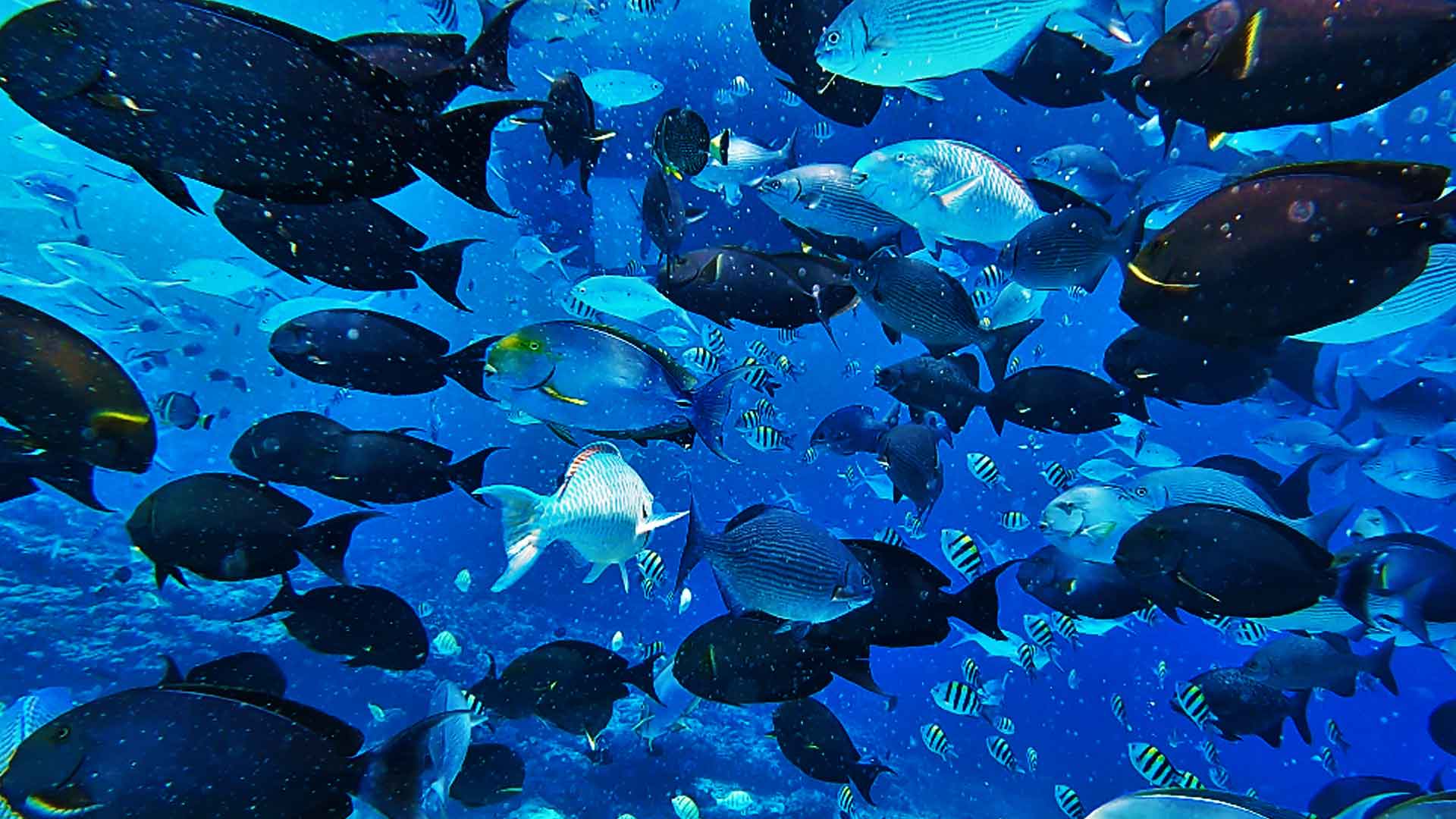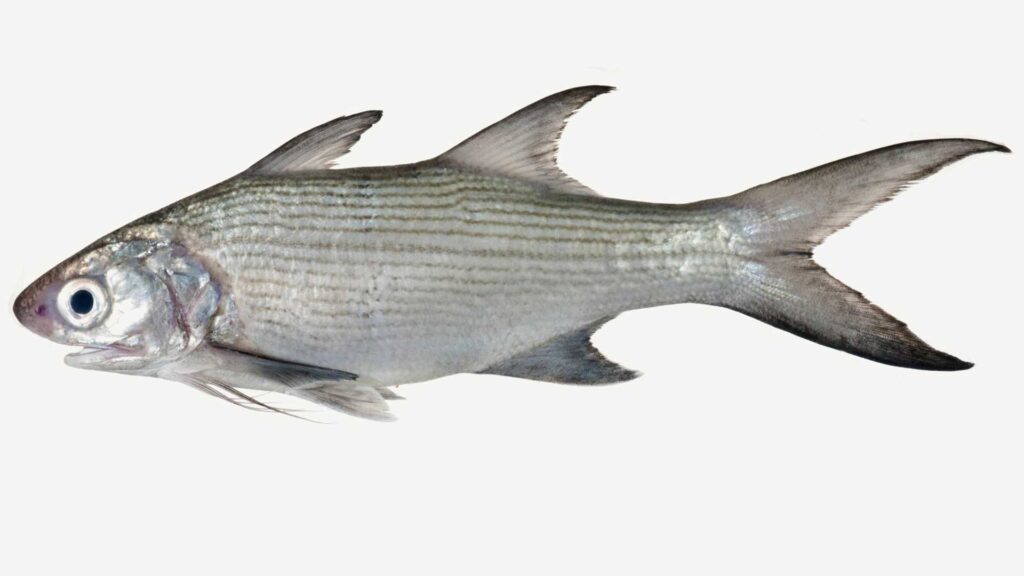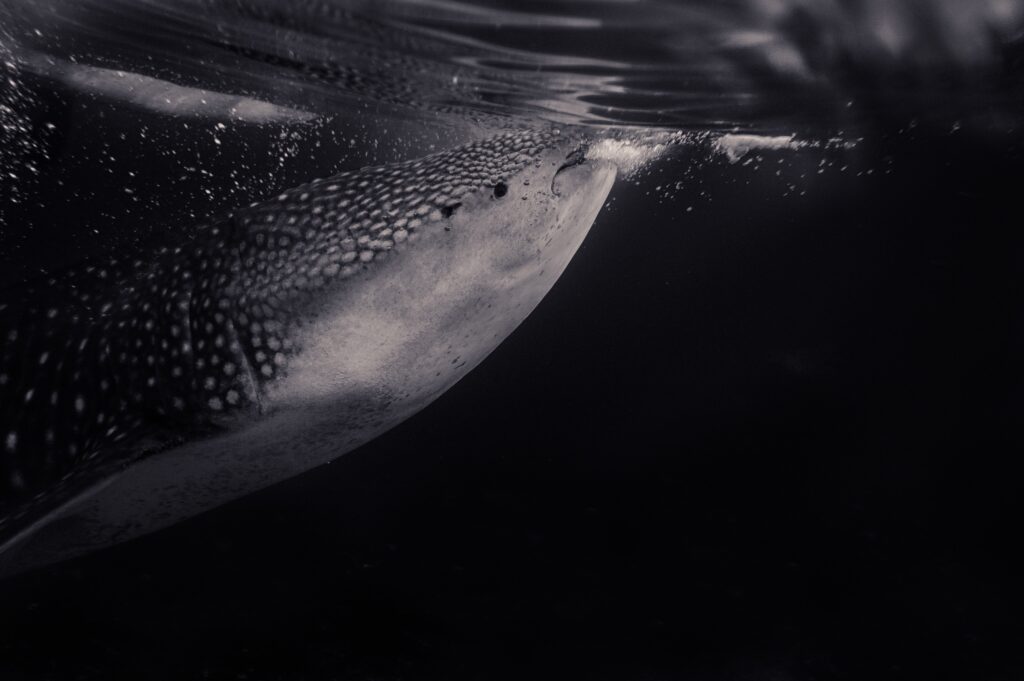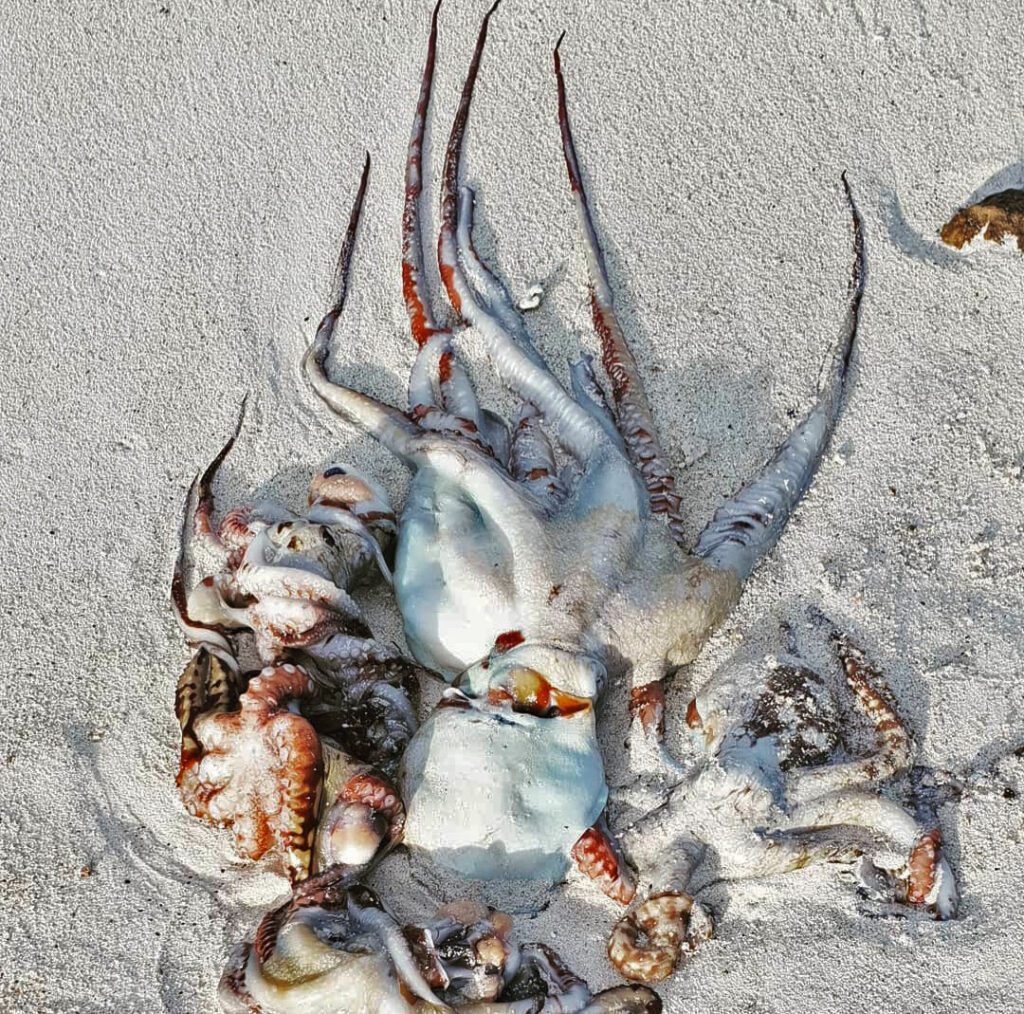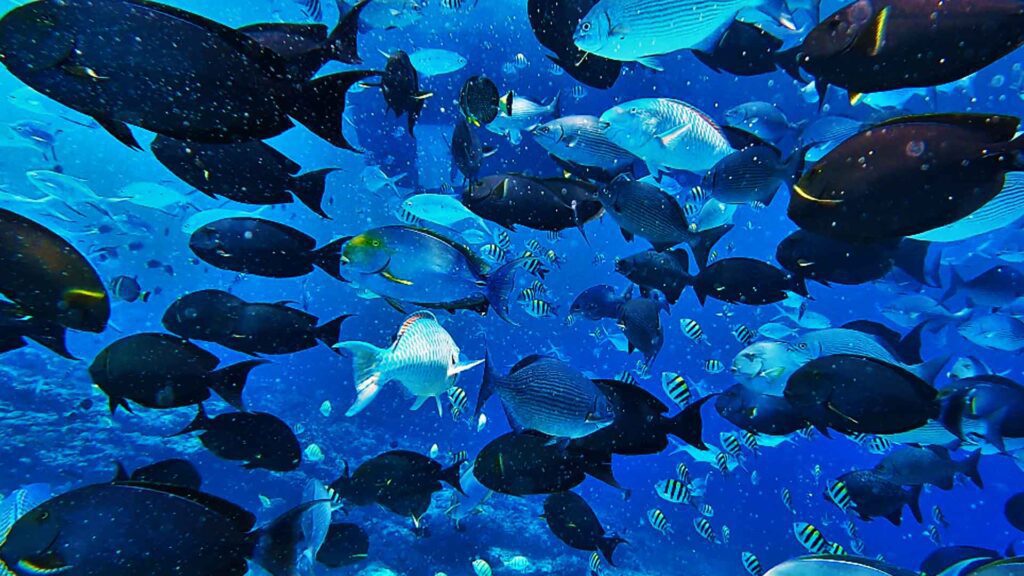
The fore reef zone is the most vibrant area in the zones of coral reefs. It is the seaward part of these zones. This zone is also called reef face and reef front. An abundance of marine life thrives, with significant species of fish. In our island, Fuvahmulah, at the bottom edge of the fore reef, it starts to slope downward very gently.
This is a great spot to land one of the most delicious reef fish from this dynamic reef zone. Big eyed squirrelfish (akera in our dialect) is the most popular fish caught at the reef front. Akera is a delicious signature fish caught using this method of fishing. Vibrant and distinct, akera’s red coloration and red outlines at the edge of the tail and spines make them a unique fish at this zone. They normally hunt at night. Their big eyes help them locate prey. Akera feed on crustaceans, mollusks, and gastropods, shrimp and sand-dwelling worms. Sometimes they attack small fish.
A rod (around 10 ft) made of thin, straight branch of Alexandrian laurel (funa) is used as a fishing rod for this method. Monofilament line of 15 to 20 lb is used as a fishing line. Hooks sizes are: 12 and 13. A small lead sinker of around 10 to 30g is used to send the bait to the bottom. After casting the rod, the bait is allowed to sink. When the bait sinks to the required depth, the rod is held vertically. The rod is slightly moved upwards and then given a slack on the fishing line to send the bait down. They repeat the action till a fish strikes the bait. We call this method of fishing- elhevadiedun. It is carried out during sunrise and sunset.
Another method to target some species, especially Big-eyed squirrelfish, in the fore reef is using a floating wooden piece at the end of the fishing line. Fluorescent pieces of nylon are attached to small hooks. Four or five hooks are attached to the main fishing line. At the end of the fishing line is a torpedo-shaped wooden piece, made of wood. The aim of the knob is to get a good casting distance and to keep the fishing line on the surface as the fishing line is pulled across the surface of water.
After casting the rod, the wooden piece lands at a considerable distance. Then the fishing line is pulled horizontally with jerking of the rod. The akera stays at subsurface. They move in groups. As the hooks move along the depth, the fish bites the lure. After one cast, you can get a “full package”- if five hooks were attached, then five fish would be caught on the line. The fish caught using this method are: white-spotted surgeonfish (kandi raabado), yellow-stripe goatfish (badafathi), Grouper (goshani), black pomfret (huduhuli).
The alternative method that resembles this fishing technique nowadays is micro jigging. According to the experienced fisherman Totos from Japan, micro baits are 5-6 cm long or small baits. It is to mimic what fish eats most (Totos, 2016). Micro jigging is a technique involving small lightweight jigs. The method requires patience. Its presentation is delicate to entice fish. The jigs are 1g to 30 g. Elhevadiedun is also a subtle presentation to attract fish.
